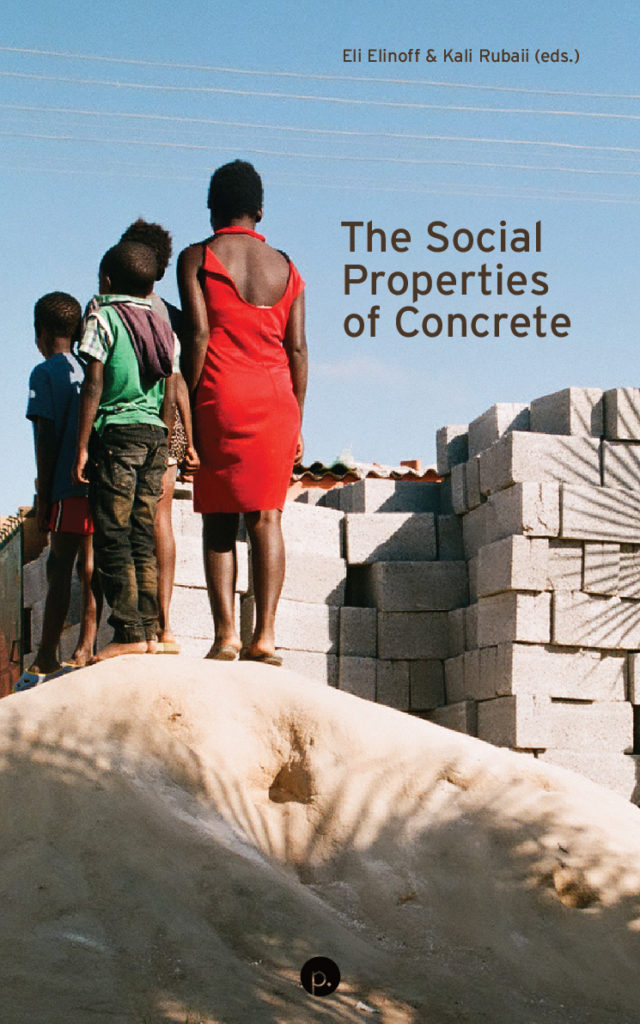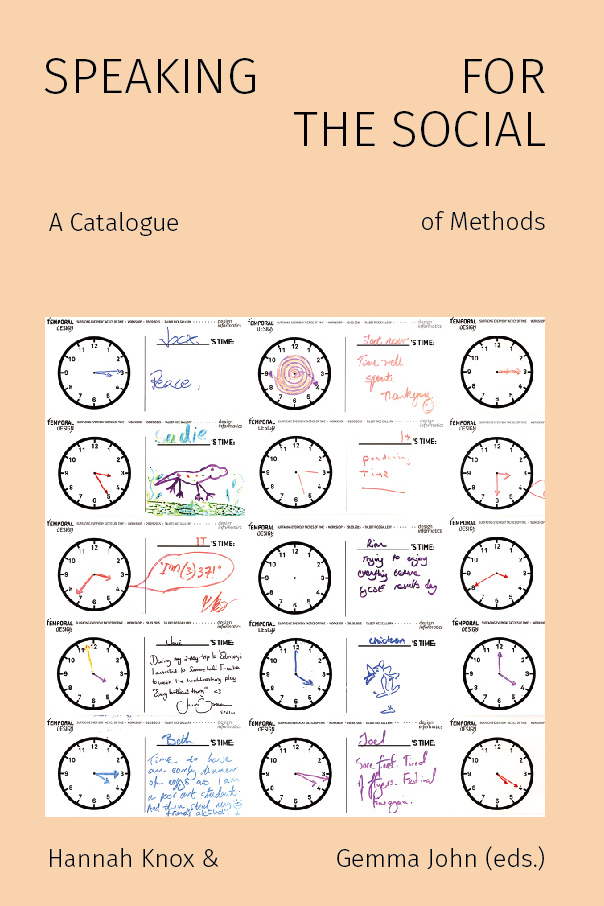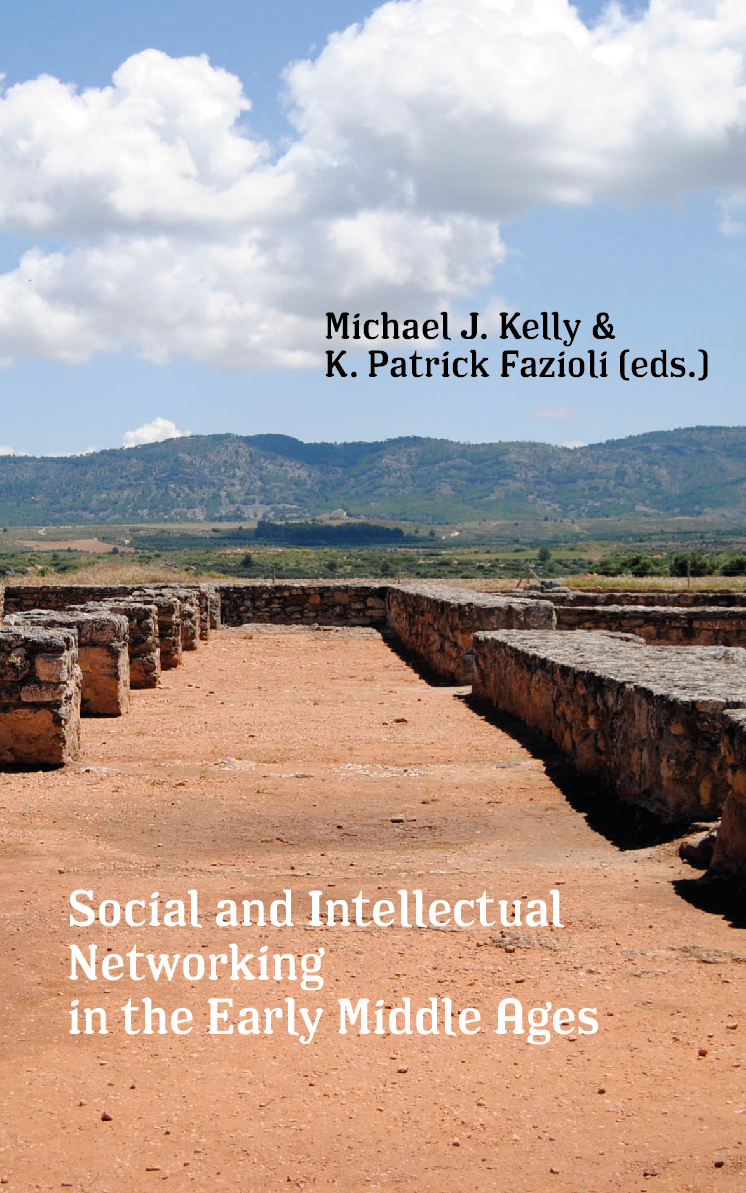Concrete is a ubiquitous part of our world. It composes our dwellings and shapes our infrastructures. It unites and divides urban space and is used to wage both war and peace. Concrete is simultaneously an indicator of freedom and development and is an essential part of the carceral apparatus. The Social Properties of Concrete begins from the premise that concrete is as richly social as it is densely material. Just as concrete’s materiality permeates our everyday life, our political projects, social practices, religious concepts, environmental transformations, and ethical questions suffuse concrete structures.
Like concrete itself, The Social Properties of Concrete is an aggregate: it draws together essays by social scientists, historians, architects, artists, and urban planners who each blend social theory, material science, and empirical analysis to explore the ways in which social life is embedded within concrete and to inquire about how concrete shapes social life. Across forty globally situated chapters, these essays open new conversations around our relationships with anthropogenic stone and serve as a teachable introduction to the social and political lives of materials. By taking this approach, this volume develops a conceptual language and methodological approach that should inform new understandings of material politics and our built environment.
The social properties of concrete are neither metaphors nor are they simple reflections of the social. Instead, they are modes of materially enacting social, economic, and political life itself.




